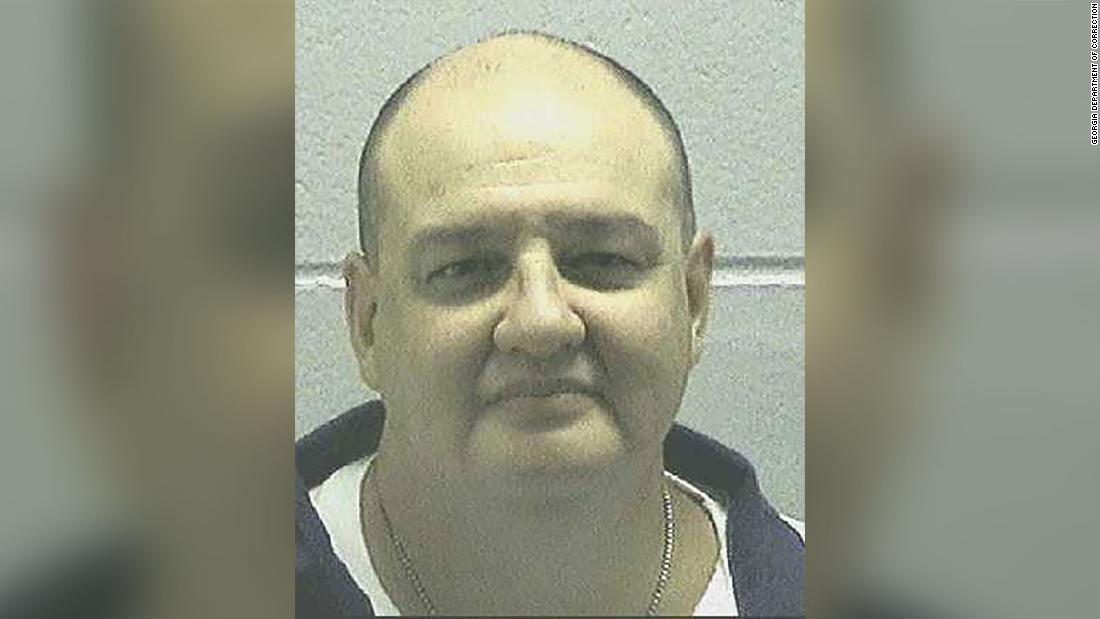[ad_1]
On Wednesday, Nance’s attorney filed a complaint in the US District Court for the Northern District of Georgia, arguing Nance’s veins are “unsuitable” for injection because they are hard to see, “heavily scarred” and have “thin walls.”
If the state were to attempt to execution by lethal injection, his veins could “lose their structural integrity … leading to the leakage of the lethal injection drug into the surrounding tissue,” the lawsuit says.
Additionally, Nance uses a prescription drug to treat chronic back pain. The lawsuit claims the drug has changed his brain chemistry to the point the drug pentobarbital may not adequately render him unconscious.
The result of all of this could be “excruciating pain,” the lawsuit argues, violating Nance’s rights under the Eight and Fourteenth Amendments against cruel and unusual punishment.
“There is an alternative method of execution that is feasible and readily implemented which will significantly reduce or eliminate the substantial risk of severe pain to Mr. Nance,” the lawsuit says: Firing squad.
This method, Nance’s lawsuit says, is “swift and virtually painless,” making it a better option for execution.
“If he needs a firing squad, then let him have it,” Porter said. “It’s certainly a unique request.”
The last execution by firing squad took place in Utah in 2010. Three executions by firing squad have taken place in the state since 1976.
[ad_2]
Source link


